
Rampant overcrowding plagues prisons across the globe, even in the world’s most developed nations. In Sierra Leone, one of Africa’s poorest countries, and one struggling to emerge from a decade of civil war, prisons are cauldrons of violence and neglect, where death and disease stalk inmates at every turn. In the nation’s capital of Freetown, the crumbling Freetown Central Prison was built to hold 220 adult inmates but houses 1,300, including dozens of children as young as 14 years old.
In 2010, Spanish photographer Fernando Moleres traveled to Sierra Leone determined to document what he describes as “disastrous” conditions at the penitentiary. Inspiration for the trip, he says, came after viewing the work of French photographer Lizzie Sadin, who has spent time capturing prison conditions around the world. The result of Moleres’ work could not have been more fruitful in a purely professional sense. He has won several international prizes for his work at the notorious Freetown Central Prison, better known as Pademba Road, including a 2012 Lucie Award and a 2011 award from World Press Photo. His series, additionally, has been published by some of Europe’s most prestigious publications.
Yet Moleres refuses to call his work a success. He remains haunted by something his photos were not able to convey — the uncertainty that reigns at the penitentiary. Dozens of boys, Moleres explains, have spent up to six years in prison without knowing anything about their judicial case. Many boys, abandoned by their families and with no support to speak of, believe they will die incarcerated.
“It’s very difficult to reflect this neglect through photography,” Moleres tells TIME. “In Sierra Leone, a prisoner is nobody, and a young prisoner is nothing.”
Faced with this disregard, and frustrated by photography’s constraints, Moleres resorted to his previous profession as a nurse, which he practiced as a youth in his native Orduña, in northern Spain’s Basque Country. During his first visit to the prison on Pademba Road, Molores snuck in with medicine to help prisoners where photos could not. And Moleres insists that the images of acute neglect — dehydration and scabies plague most inmates — cast a constant cloud over the professional accolade he has received.
“Photography has its limits,” says Moleres, who worked as a nurse in Spain before turning to photography. “I’m very happy with the project, it has received a lot of attention, but it’s just a drop in the ocean. Nobody has moved a finger to help these boys.”
Until recently, that is. Moleres returned from another excursion to Freetown just last month, where, with the help of the NGO Free Minor Africa, he gave birth to an organization that will help boys navigate through Sierra Leone’s penal and judicial systems. When fully up-and-running, Moleres hopes to help up to 20 boys, whether they need legal assistance or help with rehabilitation once they are freed from prison. Moleres will also provide them with the option of returning to school or retraining so they may enter the workforce.
Moleres, nonetheless, has no intention of abandoning his photography. He’s currently working on a book that will capture the boys of Pademba Road at various stages of their prison experience, from incarceration to rehabilitation to life on the street.
“If you don’t do anything to follow it up, photography is not worth much,” says Moleres. “We become very conscious of everything but there is little action. I’m more interested in dedicating myself to photographic projects in which action follows close behind.”
Fernando Moleres is a Barcelona-based photographer. He was awarded second prize in the Daily Life category of the 2011 World Press Photo competition for his work in Sierra Leone.
Alfonso Serrano is a senior editor at TIME.com.
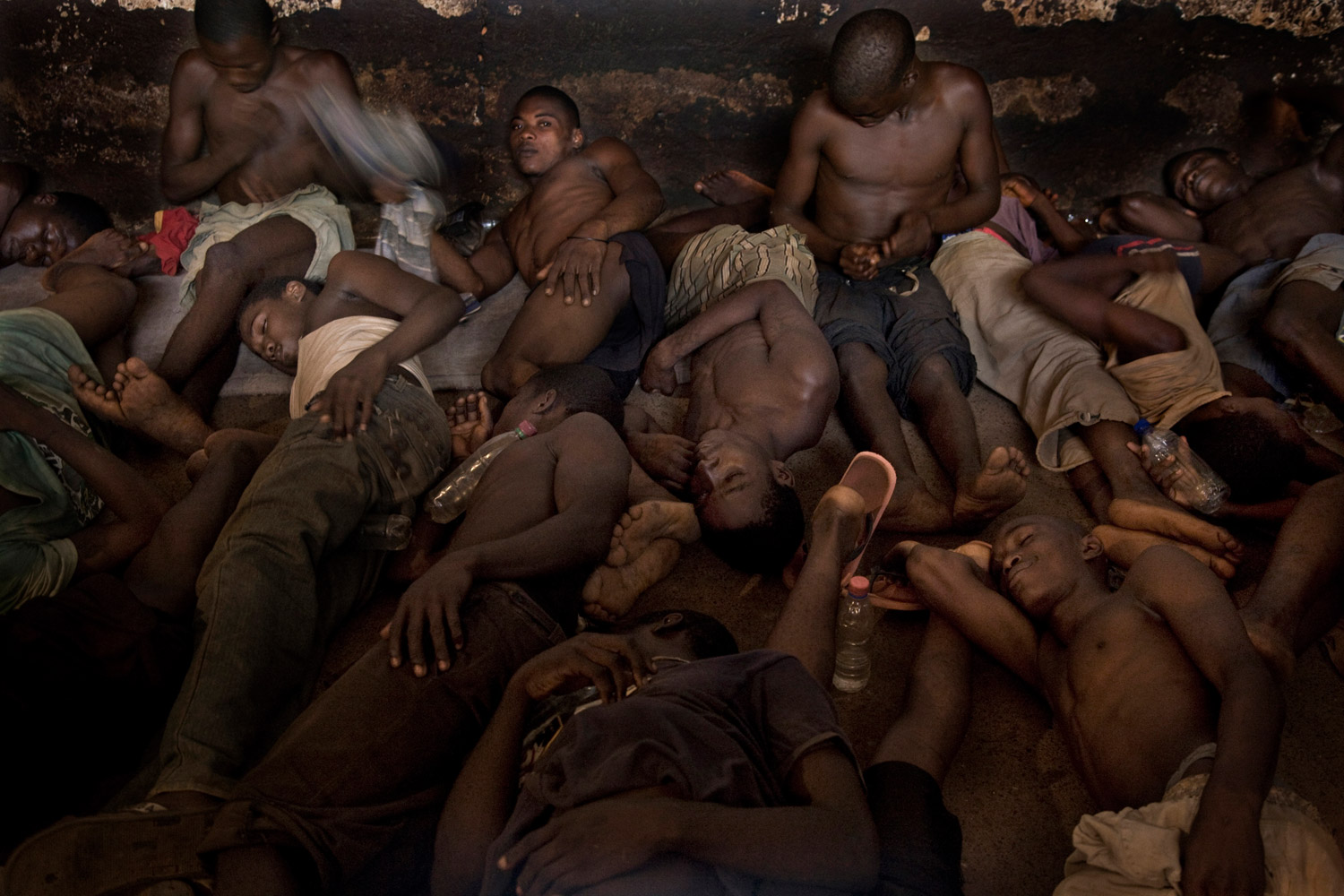





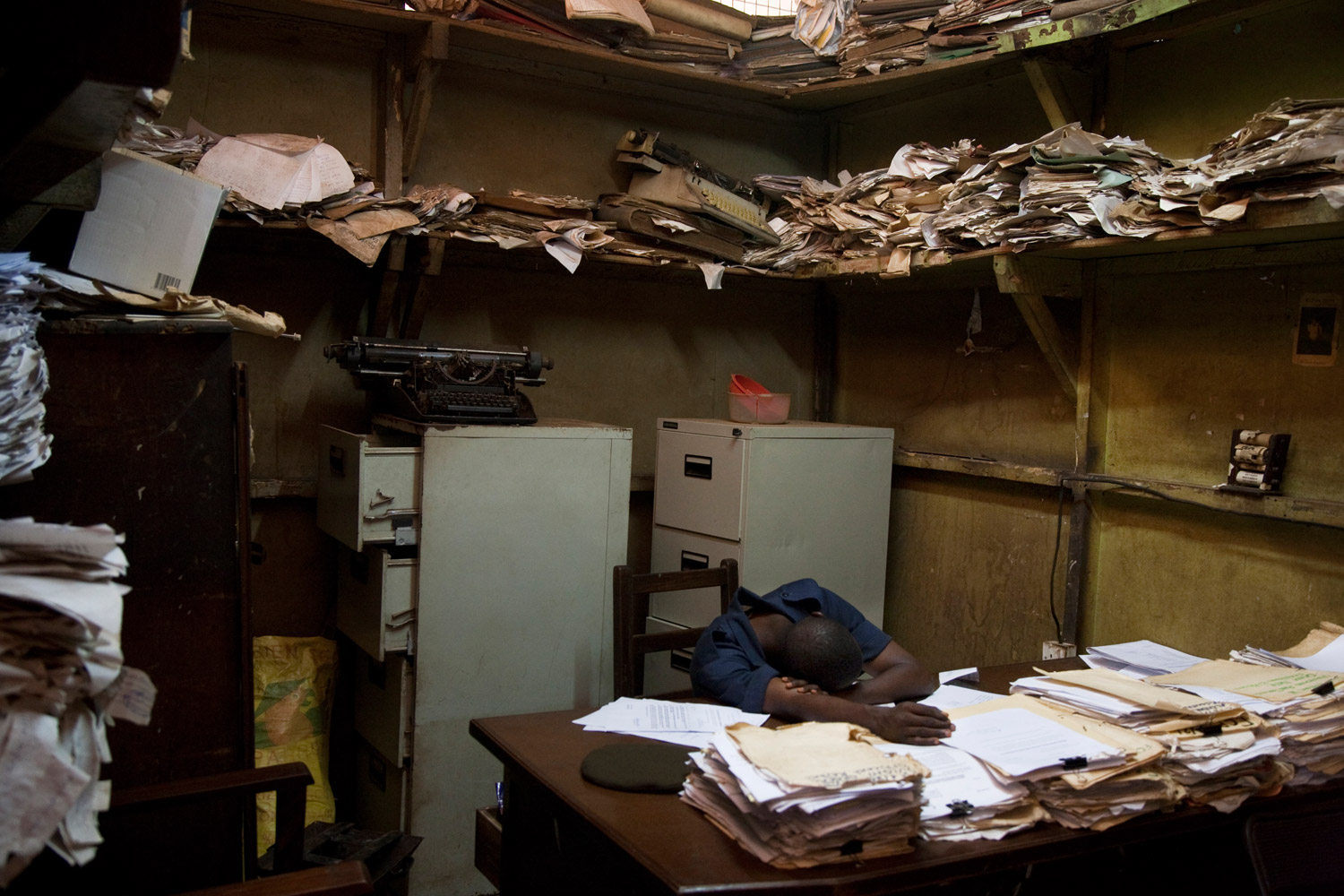

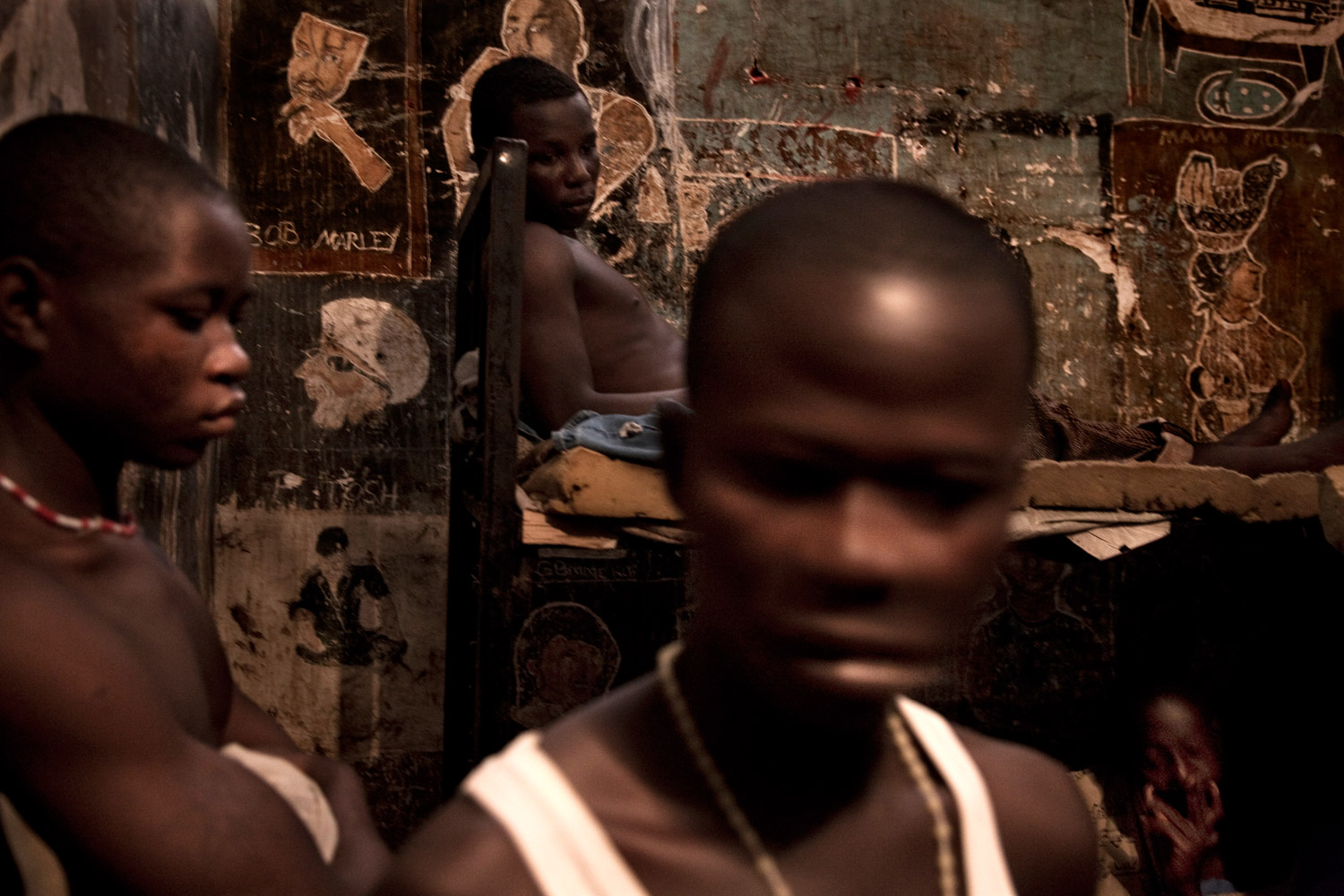
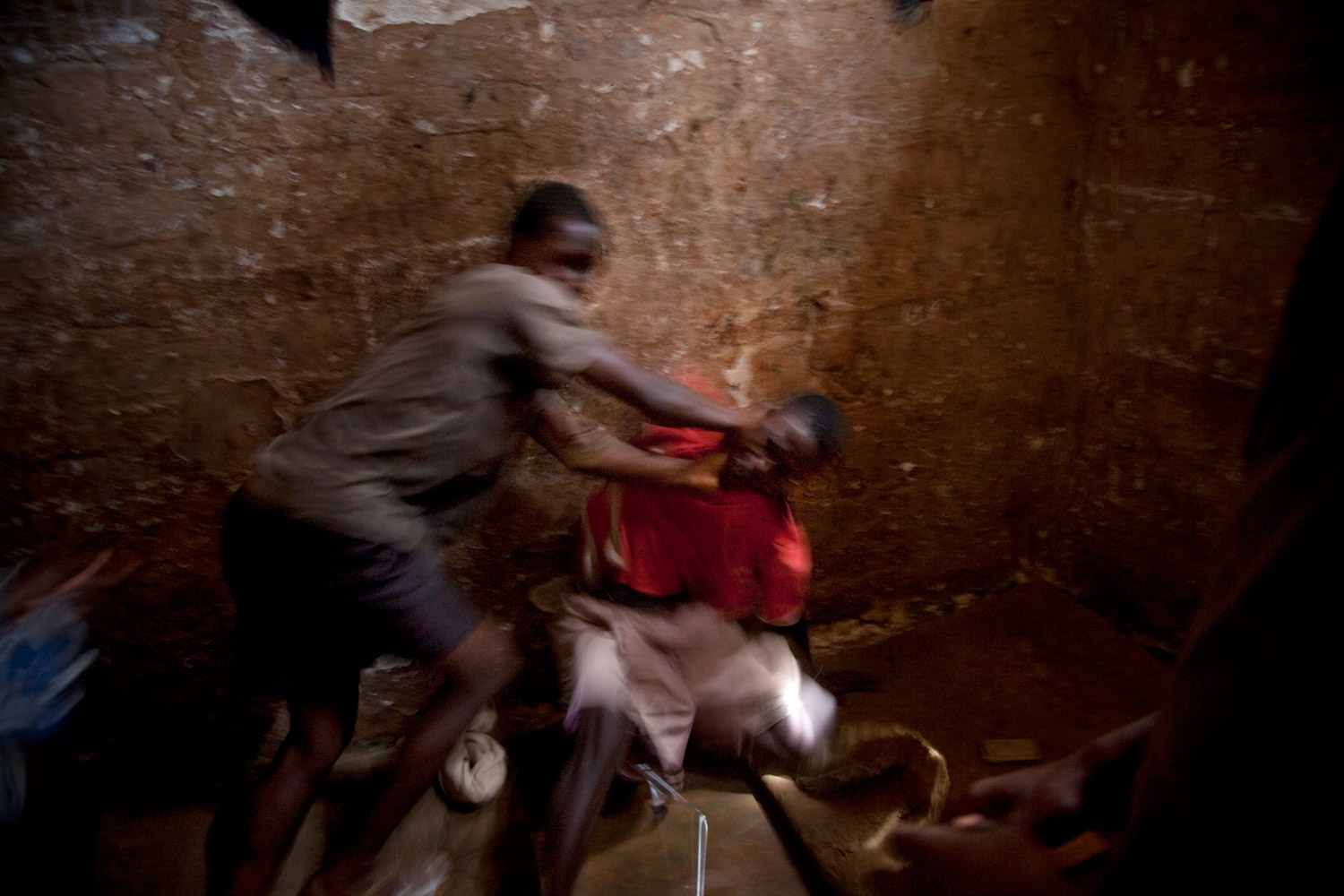
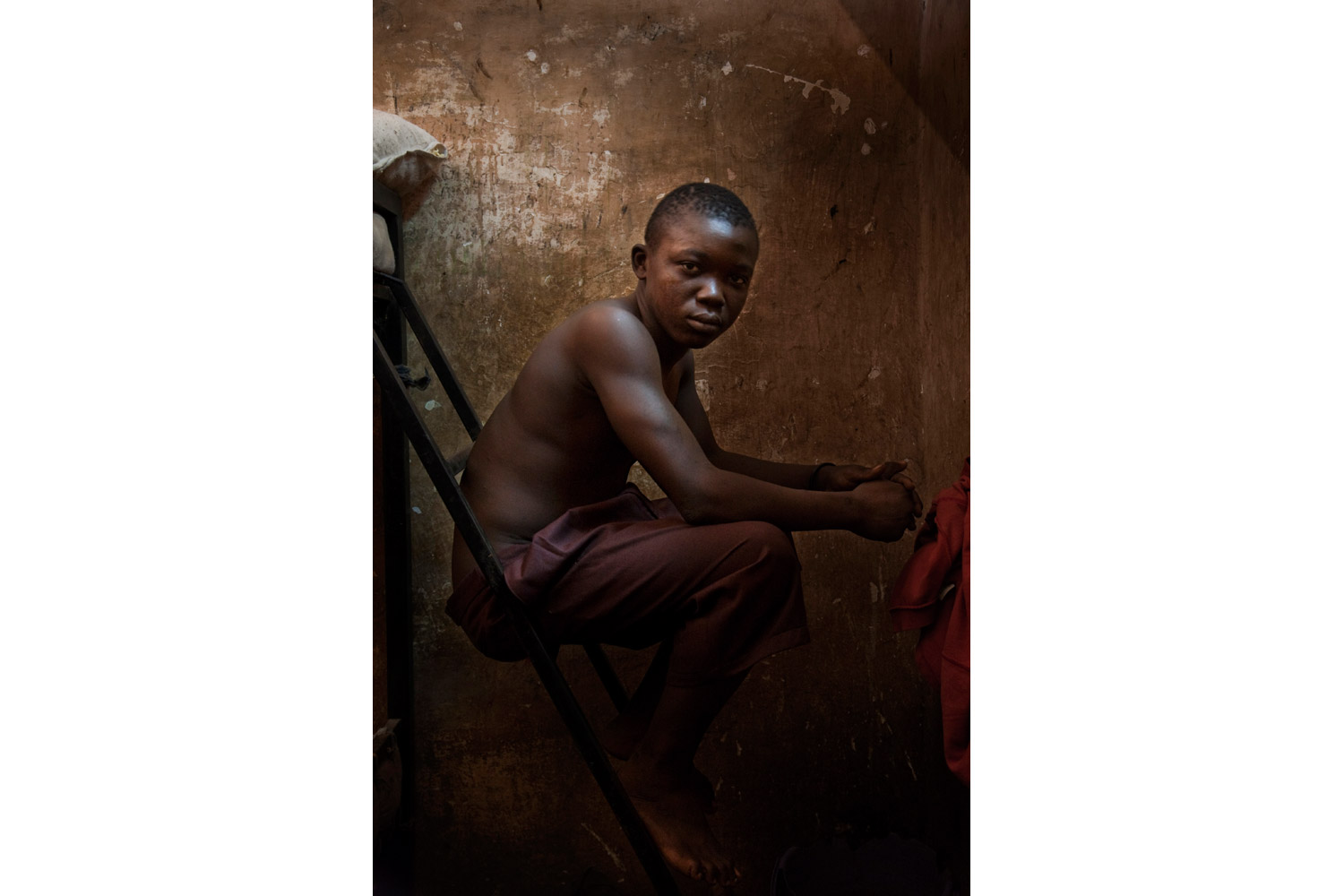

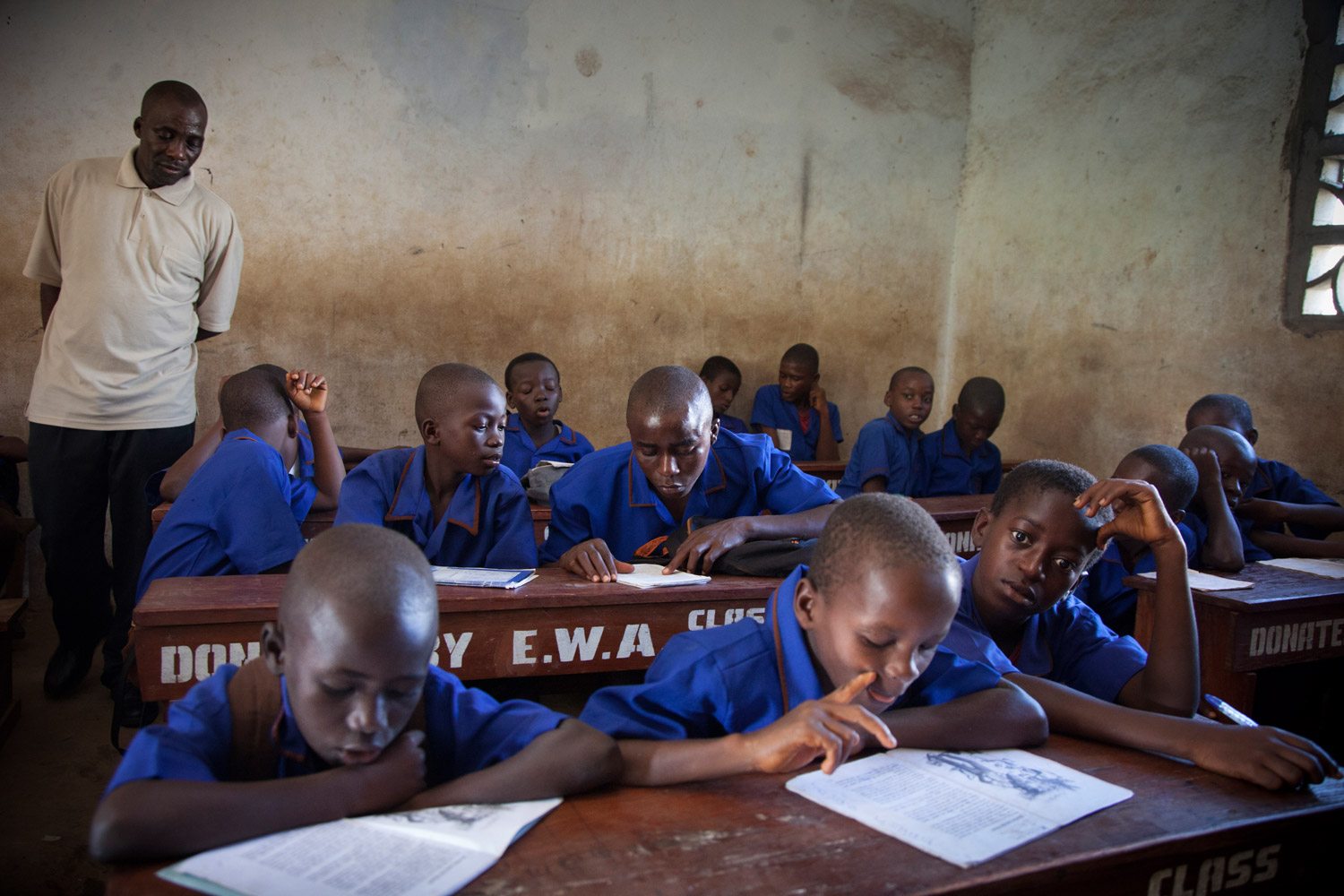
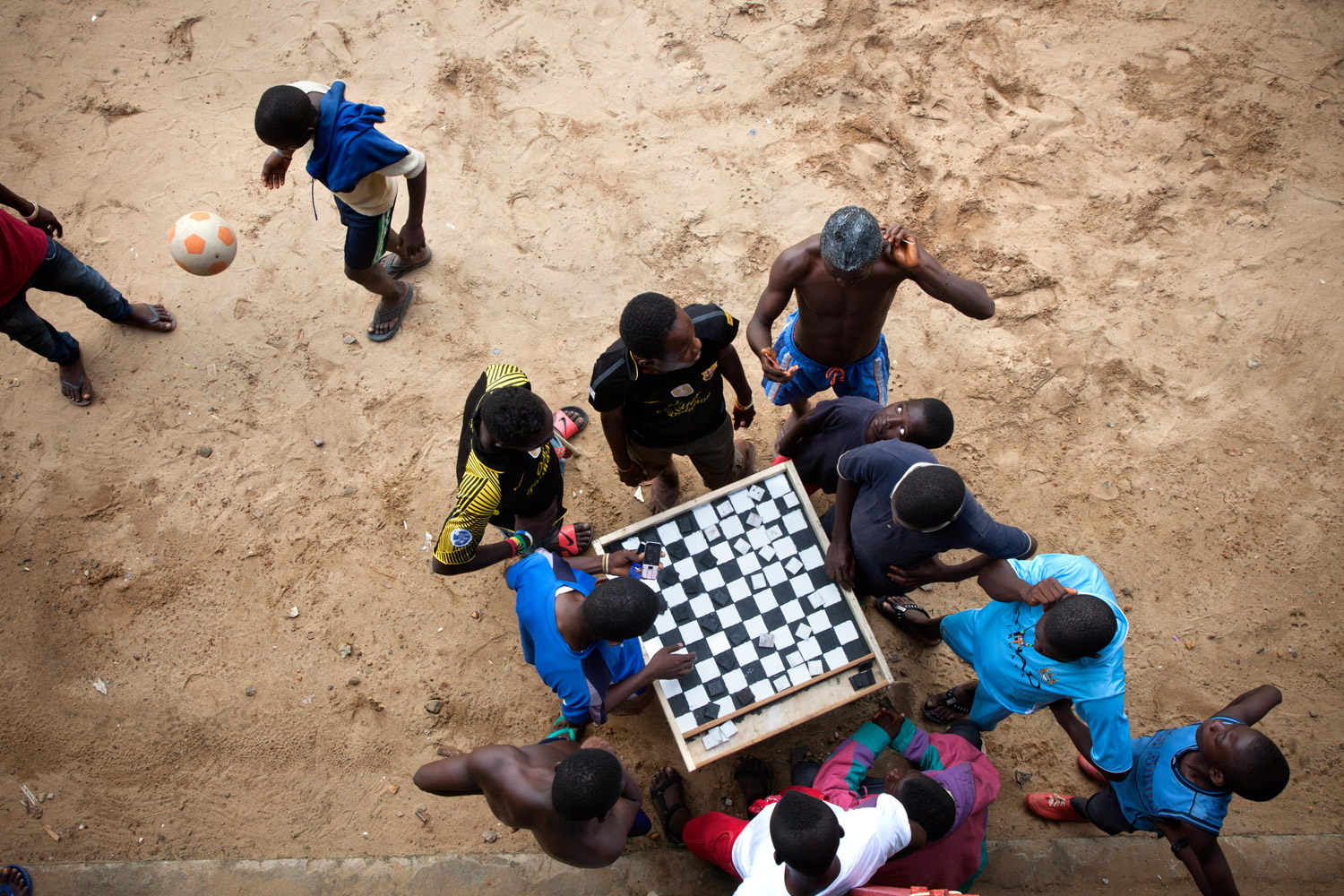
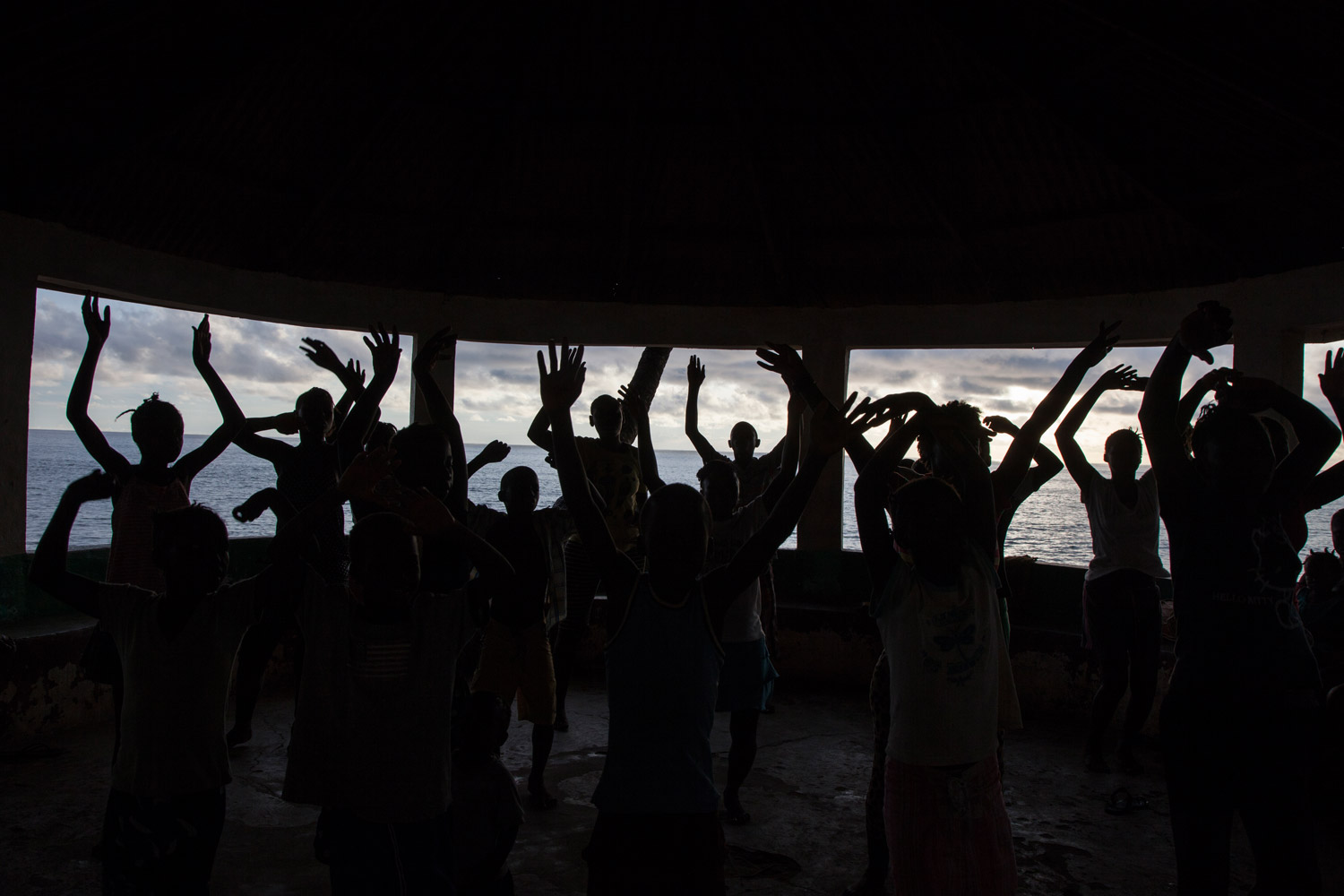
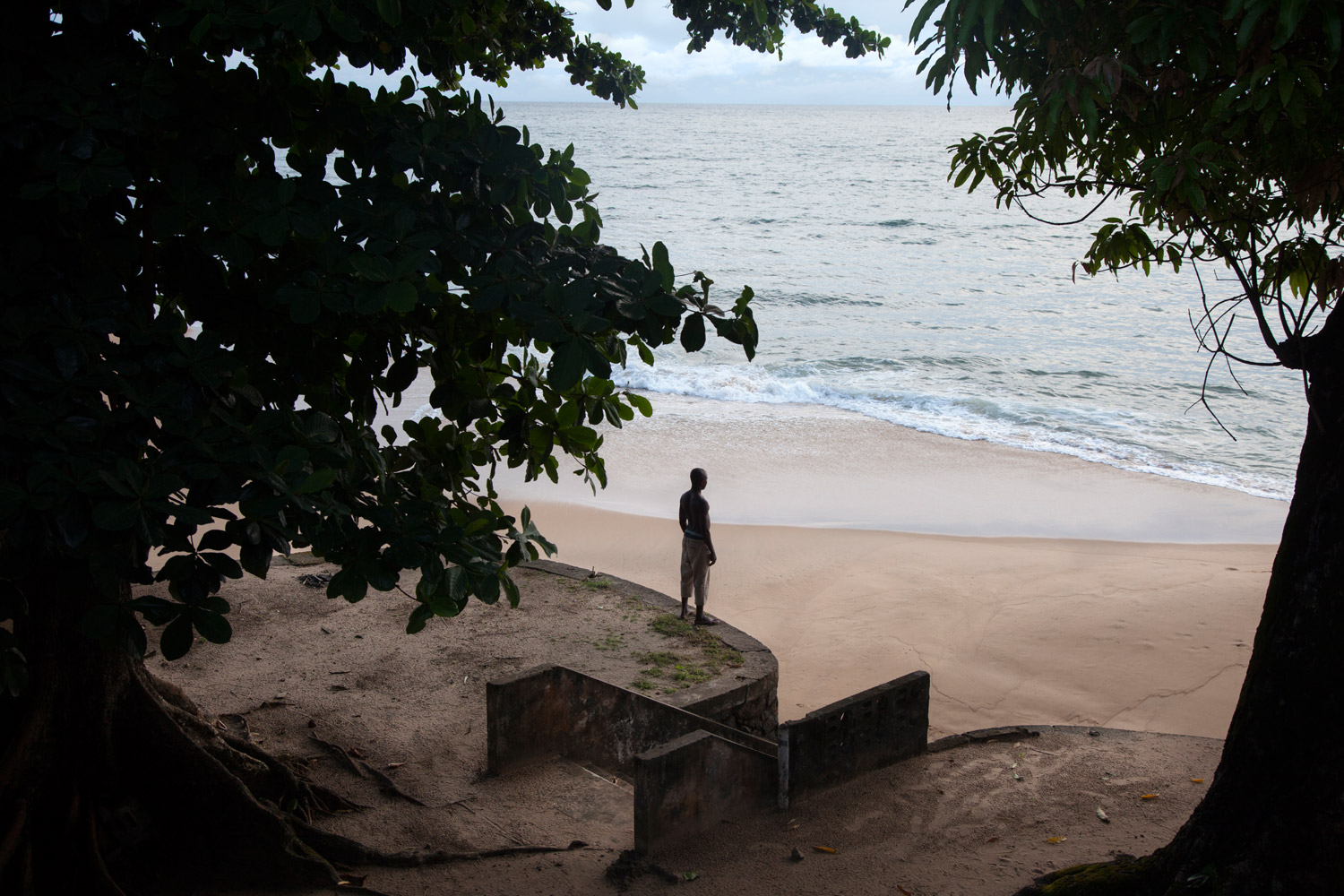
More Must-Reads from TIME
- Why Trump’s Message Worked on Latino Men
- What Trump’s Win Could Mean for Housing
- The 100 Must-Read Books of 2024
- Sleep Doctors Share the 1 Tip That’s Changed Their Lives
- Column: Let’s Bring Back Romance
- What It’s Like to Have Long COVID As a Kid
- FX’s Say Nothing Is the Must-Watch Political Thriller of 2024
- Merle Bombardieri Is Helping People Make the Baby Decision
Contact us at letters@time.com